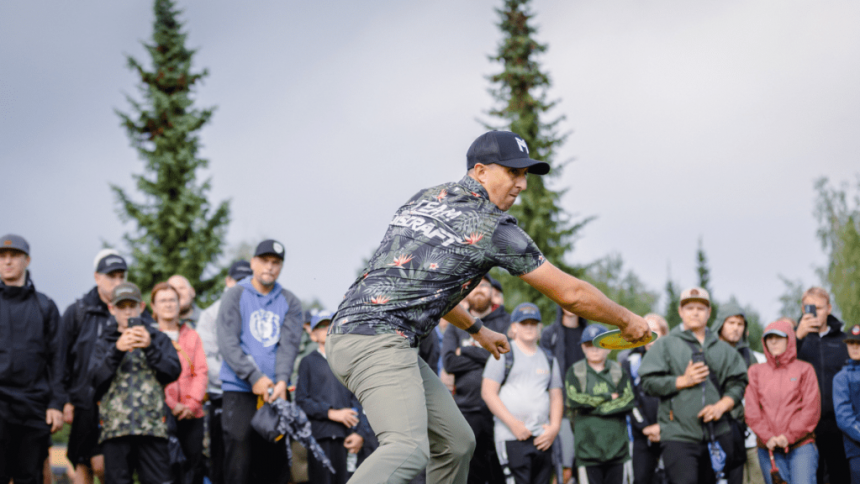Reading the Course: How to Study and Master Disc Golf Holes
Disc golf is a game of strategy and technique, requiring players to not only throw their discs with precision but also to think critically about the course. One of the most important skills for a disc golfer to develop is the ability to read the course, which involves studying and understanding the layout of each hole to determine the best way to play it.
Reading the course involves more than just looking at the fairway and throwing your disc. It requires a deep understanding of the terrain, obstacles, and hazards on each hole, as well as the skills and strengths of the player. A good course reader can make all the difference in shooting a low score, and can help to improve a player’s overall game.
So, how do you become a better course reader in disc golf? Here are some tips to help you study and master disc golf holes:
Study the Course Map
The first step in reading the course is to study the map. Take a close look at the layout of each hole, including the tee box, fairway, and basket. Look for any obstacles or hazards that could affect your shot, such as trees, ponds, or steep slopes. Take note of any breaks in the fairway, such as hills or valleys, that could affect the roll of your disc.
Analyze the Tee Box
The tee box is where the hole begins, and it’s a crucial area to study. Look at the distance from the tee box to the basket, as well as the obstacles and hazards in between. Consider the types of discs you’ll need to play the hole, and how you’ll need to throw them to avoid obstacles.
Examine the Fairway
The fairway is the path from the tee box to the basket, and it’s often the most challenging part of the hole. Look for any obstacles or hazards in the fairway, such as trees, rocks, or steep slopes. Take note of any breaks in the fairway, such as hills or valleys, that could affect the roll of your disc.
Consider the Basket Location
The basket is the goal of the hole, and it’s often located in a strategic spot. Take note of the distance from the basket to the obstacles and hazards, as well as the angles and contours of the surrounding terrain. This will help you plan your approach shot and ensure that you get the best possible angle to the basket.
Practice and Experience
The best way to improve your course reading skills is to practice and gain experience on the course. Take notes on each hole, recording your thoughts and observations. As you play more rounds, you’ll begin to develop a better understanding of the course and how to play each hole effectively.
Watch Other Players
Watching other players on the course can be a great way to learn and improve your own game. Pay attention to how they approach each hole, and take note of their strategy and decision-making. You may pick up some tips and tricks from watching experienced players, and you can use this knowledge to improve your own game.
Stay Focused and Flexible
Finally, stay focused and flexible on the course. Don’t get too attached to a particular plan or strategy, as the course can change unexpectedly. Be prepared to adapt to changing conditions and circumstances, and stay focused on your goal of shooting a low score.
Conclusion
Reading the course is a critical skill for any disc golfer to develop. By studying the course map, analyzing the tee box, examining the fairway, considering the basket location, practicing and gaining experience, watching other players, and staying focused and flexible, you can improve your course reading skills and shoot lower scores on the course. Remember, the key to success is to stay patient, stay focused, and stay adaptable, and with practice and experience, you’ll be well on your way to becoming a master course reader.
FAQs
Q: What is the most important thing to consider when reading the course?
A: The most important thing to consider when reading the course is the obstacles and hazards on each hole. This includes trees, rocks, ponds, and other obstacles that could affect your shot.
Q: How do I improve my course reading skills?
A: You can improve your course reading skills by practicing and gaining experience on the course. Take notes on each hole, recording your thoughts and observations. As you play more rounds, you’ll begin to develop a better understanding of the course and how to play each hole effectively.
Q: What are some common mistakes that course readers make?
A: Some common mistakes that course readers make include not paying attention to obstacles and hazards, not considering the distance to the basket, and not taking into account the terrain and contours of the course. By avoiding these mistakes and staying focused on the task at hand, you can improve your course reading skills and shoot lower scores on the course.
Q: Can anyone learn to read the course?
A: Yes, anyone can learn to read the course. It takes practice and experience, but with dedication and patience, you can develop the skills and strategies needed to become a better course reader.








